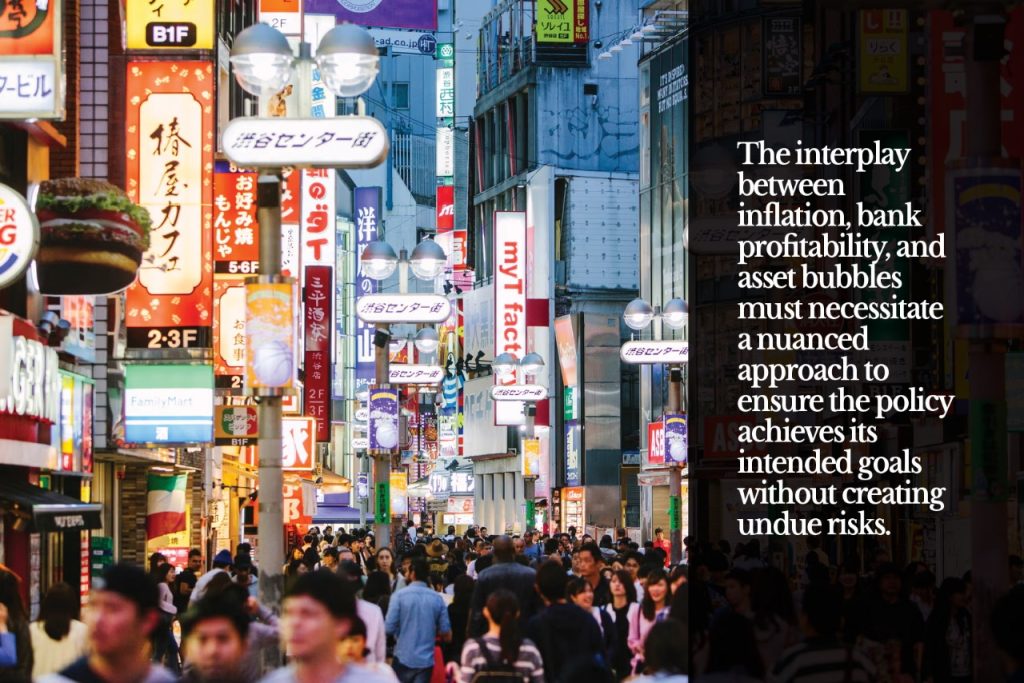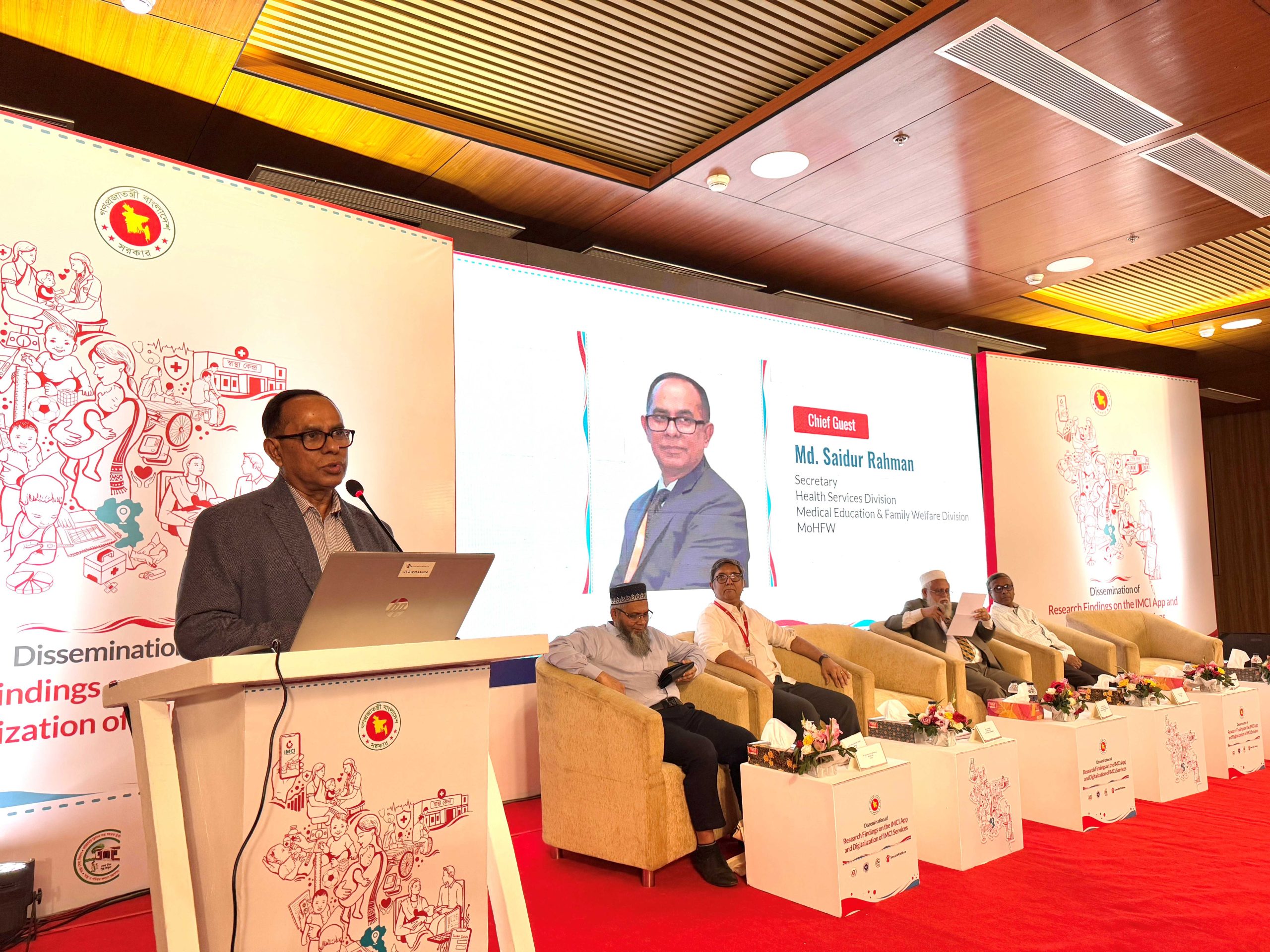What lies ahead for Japan after ending its decades-long negative interest rate policy?
For over two decades, Japan’s Central Bank, the Bank of Japan (BOJ), tried an unconventional experiment to revive their economy. However, with their target inflation rate of 2% now seemingly within reach, the bank will dispose of an array of measures intended to lift the economy out of deflation. This year, the Bank of Japan will finally ended its radical monetary policy experiment.
Japan’s Struggle with Deflation
Japan has faced a constant drop in prices since the early 1990s, harming businesses and consumers alike. This phenomenon, called deflation, discouraged spending because people simply expected things to be cheaper later.
To fight this, the Bank of Japan took a bold step: they printed a massive amount of new money and kept interest rates incredibly low, even dipping into negative territory. This meant that borrowing money became cheap for people and businesses. The BOJ hoped that with easy access to money, people would spend more, raising prices and getting the economic engine running smoothly again. The experiment yielded some results and prices finally started to rise in 2023. However, some experts argue that external factors like global energy price hikes might have played a bigger role than the BOJ’s policies. Additionally, negative interest rates had unintended consequences, squeezing bank profits dry.
In March 2024, the BOJ finally decided to end this grand experiment. They raised interest rates slightly, signalling a shift away from the ultra-loose policies. This suggests that the BOJ believes the economy is finally strong enough to stand on its own two feet, without needing such a significant push from them
Lower interest rates were also intended to boost investment and spending, as businesses would be incentivised to borrow for expansion and individuals would have more disposable income.
Finally, the BOJ aimed to weaken the Yen through increased printing, making Japanese exports cheaper in the global market, and boosting the manufacturing sector and overall export earnings. These combined measures aimed to break Japan out of a stagnant economy and reignite growth.
Debate Surrounding Japan’s Policies
In the March issue of the quarterly magazine of the International Monetary Fund (IMF), former BOJ Governor Masaaki Shirakawa stated that the Japanese Central Bank’s ‘great monetary experiment’ under Haruhiko Kuroda in the previous ten years, only had modest effects on inflation and growth. According to Shirakawa, “Stagnant growth due to structural factors – notably a rapidly ageing and shrinking population – was misconstrued as cyclical weakness,” which resulted in a protracted easing. He said that “Monetary policy became a quick fix for structural problems that required more radical reform,” and cautioned against the “adverse effects on productivity growth through resource misallocation” that come with extended easing.
Shirakawa further attacked other central banks for their fixation on the dangers of deflation. For instance, the US Federal Reserve decided in 2020 to put up with higher inflation after witnessing years of declining prices in Japan. The decision was made out of fear that low inflation expectations would cause interest rates to decline, reducing the amount of space available to loosen policy in the event of a recession. Shirakawa referred to this as baseless dread and claimed that central bankers were not entirely blameless. He asked them to consider the current monetary policy and create a framework that would take national variations into consideration.
Concerns of an excessive dependence on easing were also raised by other well-known contributing authors of business publications. According to Gita Gopinath, First Deputy Managing Director of the IMF, “Inflation risks from running the economy hot may be much greater than we previously thought.” Raghuram Rajan, a finance professor at the University of Chicago and a former governor of the Reserve Bank of India, asserted that quantitative easing has questionable “positive effects on real activity.” Rajan stated, “Arguably, so long as low inflation does not collapse into a deflationary spiral, central banks should not fret excessively about it.”
This experiment by the BOJ aimed to tackle several economic challenges. Primarily, it sought to end deflation. By injecting money and keeping interest rates low, the BOJ hoped to stimulate spending and nudge prices gently upwards, creating a healthier economic environment.
Potential Drawbacks of the Experiment
Negative interest rates, implemented by central banks to jumpstart sluggish economies, come with a set of potential drawbacks that raise concerns about their long-term effectiveness. While the intended goal is to encourage borrowing and spending by making it cheaper to hold debt, the actual impact on inflation is debatable.
An increase in inflation might not solely be due to the policy, but could also be influenced by external factors like global energy price hikes. This casts doubt on whether negative rates truly stimulate domestic economic activity.
Furthermore, negative interest rates can have unintended consequences for the financial sector. Banks rely on the spread between the interest they pay on deposits and the interest they charge on loans to generate profit. When rates go negative, this spread shrinks, potentially squeezing bank profitability. This could lead banks to become more cautious with lending, hindering the very economic growth the policy is designed to promote.
An additional concern with such a policy is the potential it creates for asset bubbles. When central banks loosen monetary policy by printing more money and lowering rates, it can lead to an influx of cash into the financial system. This excess liquidity can inflate asset prices like stocks and real estate, creating bubbles that can become dangerously detached from their underlying value. If these bubbles burst, it could trigger a financial crisis and destabilize the entire economy.
While negative interest rates do offer a potential tool for stimulating economies, their effectiveness and potential side effects require careful consideration. The interplay between inflation, bank profitability, and asset bubbles must necessitate a nuanced approach to ensure the policy achieves its intended goals without creating undue risks.
The Road Ahead for Japan
The dangers of abandoning years of monetary easing will be significantly high if action is taken too quickly. According to Kuijs, the BOJ is concerned that tightening monetary policy will lead to a reversal of the recent advances in terms of wage growth, economic growth, and pricing. Going too fast might also cause investors looking for better returns to take their money abroad and out of Japan, which could destabilize the financial system.
According to Kuijis, Kazuo Ueda, the governor, has emphasised that while there are dangers associated with tightening too late, the dangers of tightening too early are greater.
Closing its grand economic experiment, Japan is looking at renewed efforts to improve its economic situation. Navigating a complex economic and demographic landscape, Japan needs to closely observe the effects of its policy changes and act accordingly.
















